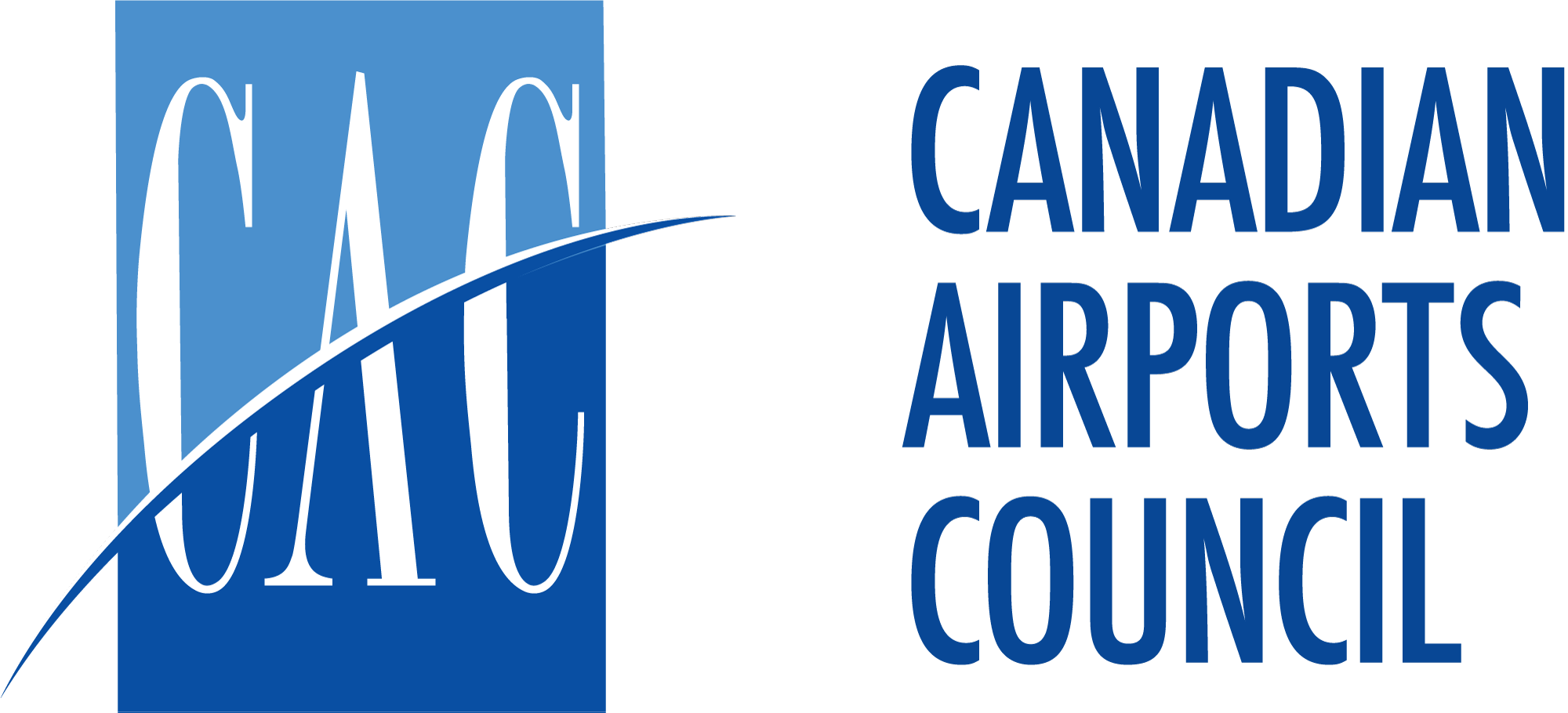(OTTAWA) March 19, 2020 – As Canada’s airports continue their work with public health agencies to facilitate the safe passage of hundreds of thousands of people to their homes in Canada and abroad, they are looking ahead to what they need to endure, and remain open through the weeks and months ahead with COVID-19.
With passenger volumes expected to decline by more than 50 per cent between March and June 2020, and a currently projected revenue loss of $1.3 billion or more in 2020 because of the impact of the coronavirus (COVID-19) on travel, Canada’s airports are urging the federal government to provide both short-term rent relief and a longer-term stimulus package as part of the nation’s overall economic recovery.
“While our primary concern is protecting the health and safety of travellers and airport workers, and getting people home, we are now facing the grim reality that many parts of the aviation sector could shut down without government action and relief,” said the Canadian Airports Council (CAC) president Daniel-Robert Gooch. “Traffic is disappearing, and we don’t know when it will come back.”
The most pressing concern is the loss of airport operating revenues caused by flight cancellations and drastic declines in passenger traffic. These negatively affect revenue generated by landing and terminal fees charged to air carriers, as well as per-passenger fee revenue. On-airport businesses such as shops, restaurants and duty free are also severely affected. In addition to providing services to traveller, these are a major source of local jobs and revenue for airports.
Canada’s airports are concerned about their cash flow, as they must maintain the same high standard of safe, secure operations on drastically reduced revenue. Airports are moving quickly to reduce operating costs as much as possible to respond to this unprecedented challenge. Airports are also reducing or suspending capital programs until traffic rebounds.
Meanwhile, many airport operational costs related to safety, runway maintenance, aircraft movements and passenger services are fixed and cannot be reduced in proportion to reduced traffic volumes. In fact, with increased protocols aimed at controlling the spread of COVID-19 in place in terminals throughout the country, costs at Canada’s airports have increased. Based on estimates by the Airports Council International – North America (ACI-NA), the COVID-19 outbreak will now significantly set back Canadian airports from previously forecasted stable growth prospects.
“The operational and financial challenges Canada’s airports are facing from COVID-19 are unlike anything the industry has seen,” said Mr. Gooch “With events moving so rapidly, our estimates, as dire as they are, are virtually out of date as soon as they are released. We really don’t know where the bottom is yet.”
Canada’s airports are deeply appreciative of the work of the Minister of Transport, his officials and his department as Canada deals with this unprecedented threat. As government has moved quickly to introduce economic measures to help stabilize the economy during this challenging period, Canada’s airports are heartened to see the Minister of Finance and Prime Minister acknowledge the need to address the long-term viability and resiliency of Canada’s aviation sector.
The CAC is urging the federal government to take swift action to ensure the continued financial viability of Canada’s airports, by providing short-term relief to address immediate cash flow challenges and ensure that our airports can continue operations and rebound from this crisis:
- Rent relief of at least one year, to allow airports to redeploy these funds to continue operations and support their recovery strategies. Rent relief is the quickest direct mechanism with which the federal government can support National Airports System airports to help them deal with their own cash flow crunch.
- Financial relief for reduced cash flow –Airports ask the federal government to put into place a program to direct new funds to airports to compensate for their lost revenues and increased costs. This is particularly important for smaller airports that do not pay rent, yet must continue to maintain operations for essential services, including cargo and medevac.
- Regulatory Flexibility and Funding: Flexibility to adjust tight implementation deadlines and dedicated federal funding to help airports meet recent regulatory requirements.
Canada’s airports also echo calls from the Canadian Chamber of Commerce and other aviation groups to postpone government consultations that are not germane to COVID-19, and put a moratorium on the introduction of new, non-essential regulations and policies to allow airports to deal with the crisis at hand.
Airports have also suggested initiatives to support the industry’s role in stimulating air traffic and tourism once travel rebounds, such as tourism promotion, improvements to the border facilitation for international travellers, and arrivals duty free.
About the Canadian Airports Council
The Canadian Airports Council is the voice of Canada’s airports. A division of Airports Council International-North America, the CAC consists of 53 members representing 100 Canadian airports, including all of the National Airports Systems (NAS) airports and most passenger service in every province and territory. Canada’s airports employ 194,000 direct workers and contributes about $7 billion in taxes to local, provincial and federal levels of government. They also enable foreign direct investment, international trade, and support Canada’s $90 billion travel and tourism sector, which employs some 1.7 million Canadians.
For more information
Debra Ward, Advisor for Communications and Industry Promotion
debra.ward@cacairports.ca, 613 850 9118

